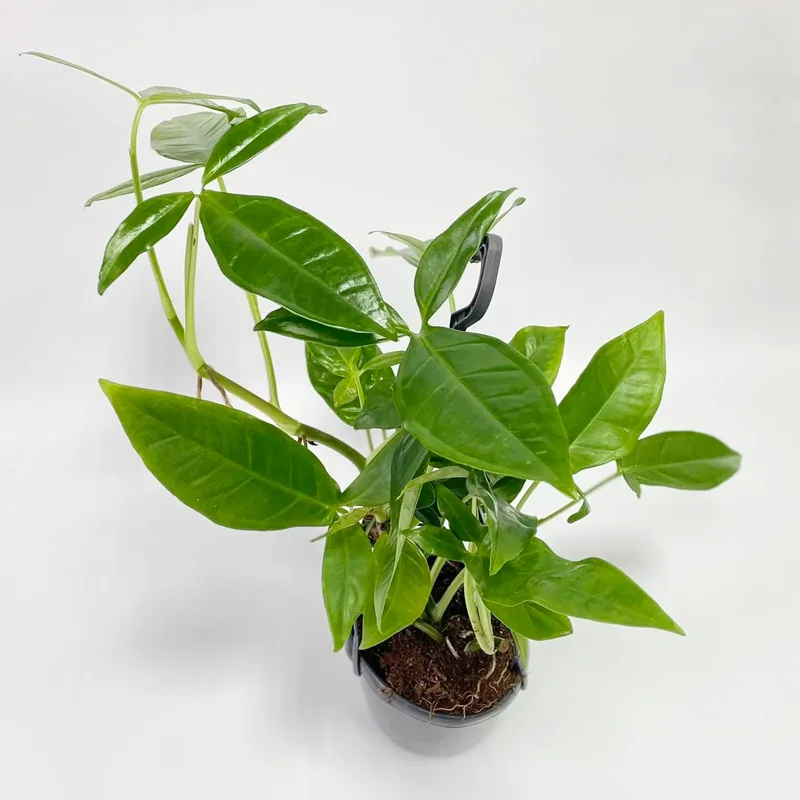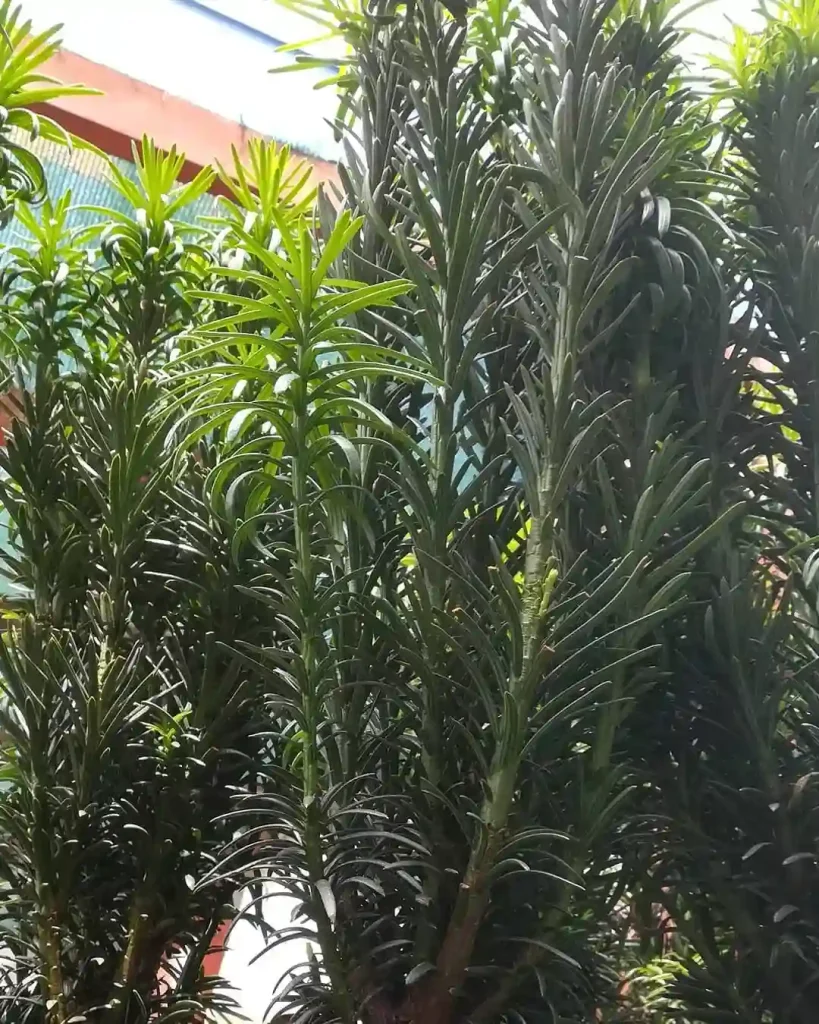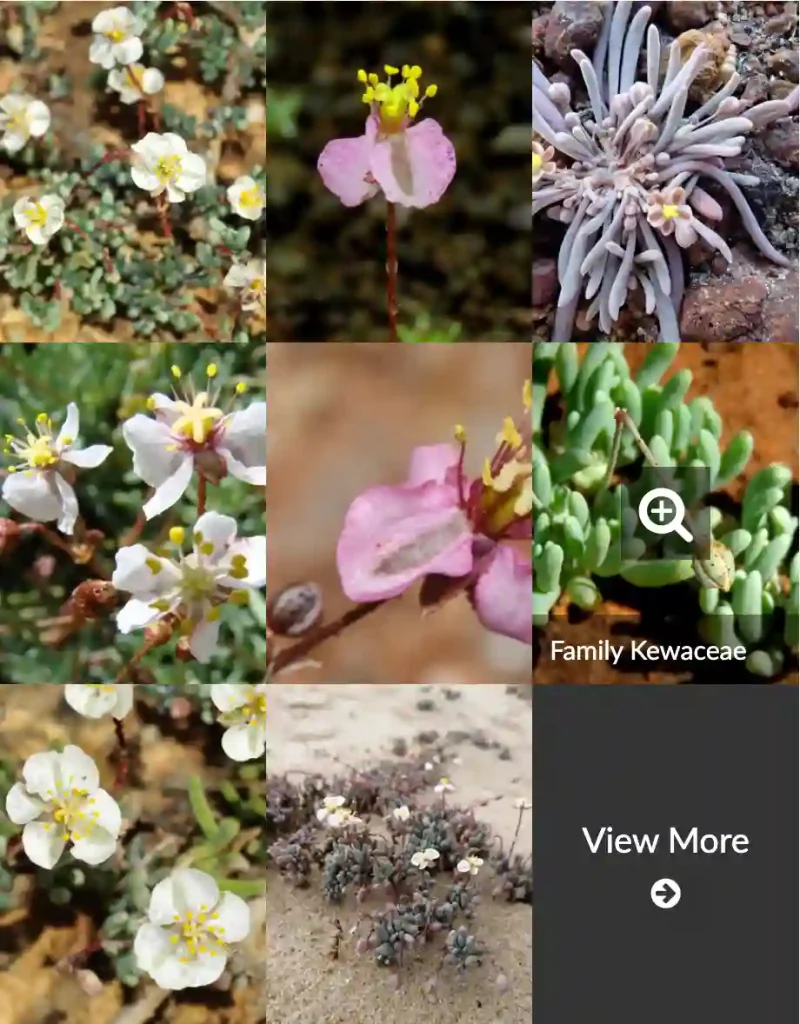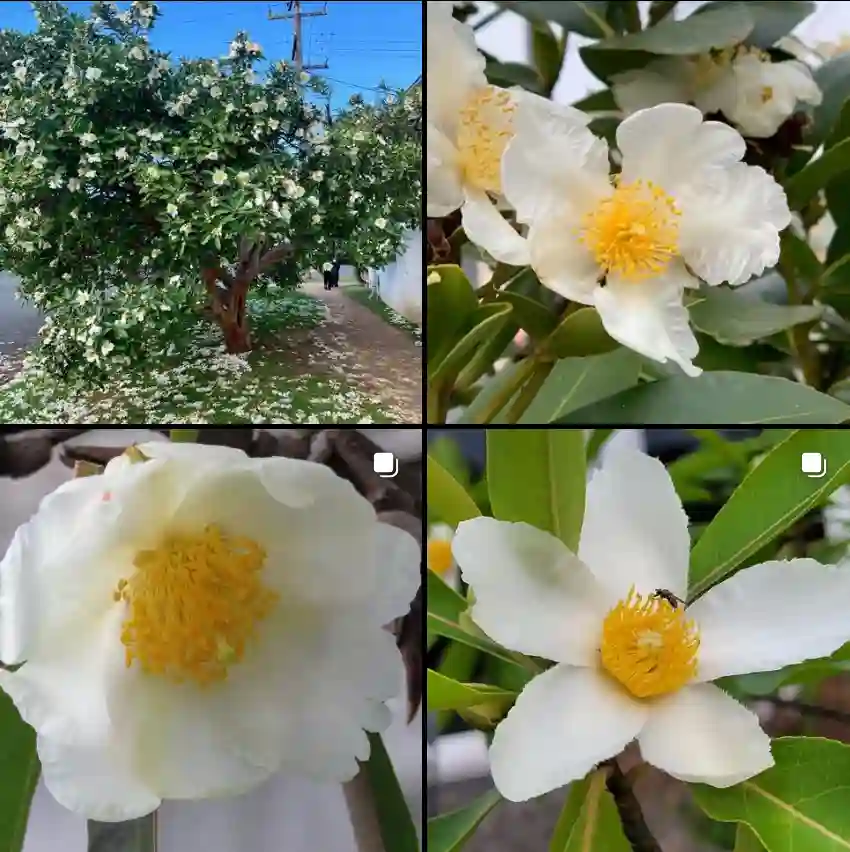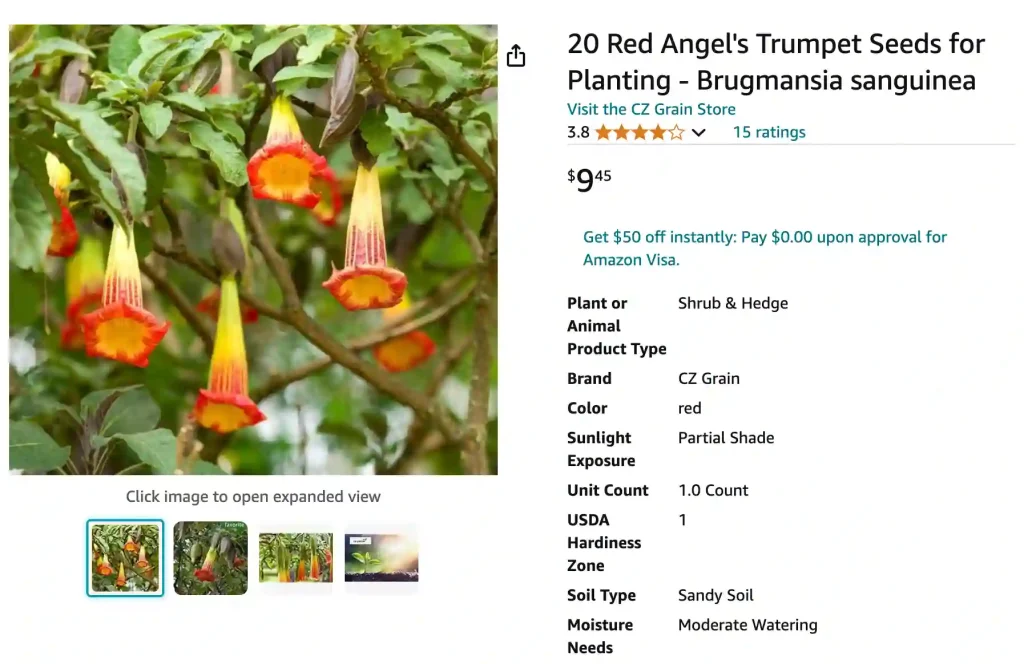
FAQs About Brugmansia Sanguinea
Brugmansia Sanguinea, also known as Red Angel’s Trumpet, is a fascinating and vibrant plant that’s caught my attention. Its dramatic, trumpet-shaped blooms and striking colors make it a showstopper in any garden. I’ve been growing this plant for a while now, and I’ve learned quite a bit from firsthand experience. Let me share some of the most common questions I’ve encountered about Brugmansia Sanguinea, along with tips to help you grow it successfully.
9 Species in Genus Brugmansia
What is Brugmansia Sanguinea?
Brugmansia Sanguinea is a species of the Brugmansia genus, known for its large, pendulous flowers. Unlike its more common cousins with pale blooms, this species stands out due to its vivid red, orange, and yellow flowers. Native to the Andes, this plant thrives in cooler climates, especially at higher altitudes. It can grow as a shrub or a small tree, reaching up to 10 feet tall in the right conditions.
How to Care for Brugmansia Sanguinea?
Caring for Brugmansia Sanguinea can be a bit tricky, but with the right conditions, it will thrive. Here’s what I’ve learned:
- Light: This plant loves bright, indirect light. While it can tolerate some shade, it’s best to place it where it gets plenty of sunlight without direct exposure during the hottest parts of the day.
- Temperature: Being a high-altitude plant, Brugmansia Sanguinea prefers cooler temperatures, ideally between 50°F and 70°F. It struggles in extreme heat and may go dormant if exposed to prolonged periods of high temperatures.
- Watering: Keep the soil consistently moist but not waterlogged. It’s important to ensure proper drainage, as waterlogged roots can lead to rot. During hotter months, it may need more frequent watering.
- Soil: Use well-draining soil with good organic content. A loamy mix works well, and you can also add compost to boost nutrients.
- Fertilization: This plant is a heavy feeder. I use a balanced fertilizer every two to four weeks during the growing season to encourage healthy growth and abundant flowering.
How to Propagate Brugmansia Sanguinea?
I’ve had success propagating Brugmansia Sanguinea through cuttings. Here’s how you can do it:
- Take Cuttings: During the spring or early summer, take a cutting from a healthy branch. The cutting should be around 6-8 inches long, with a few leaves.
- Rooting Medium: Place the cutting in a mixture of peat and perlite or any well-draining medium. I usually dip the cut end in rooting hormone to encourage faster rooting.
- Humidity: Keep the cutting in a humid environment. I place mine in a plastic bag or a propagation dome to retain moisture.
- Light: Make sure the cutting gets indirect light and is kept in a warm spot, around 70°F. It should root within a few weeks.
What to Plant with Brugmansia Sanguinea?
Brugmansia Sanguinea pairs beautifully with other plants that thrive in similar conditions. I often plant it alongside fuchsias, hydrangeas, and coleus. These plants all appreciate a similar balance of light and water, and their contrasting foliage and flowers complement the bold blooms of Brugmansia Sanguinea. Just make sure to give it enough space to grow as it can become quite large and overshadow smaller plants.
Is Brugmansia Sanguinea Toxic?
Yes, Brugmansia Sanguinea is toxic. Every part of the plant contains alkaloids that can be harmful if ingested. This includes the flowers, leaves, seeds, and roots. It’s important to keep this plant out of reach of children and pets, and always wear gloves when handling it to avoid skin irritation.
What Are the Benefits of Growing Brugmansia Sanguinea?
For me, the biggest benefit is its stunning appearance. The large, trumpet-shaped flowers add a tropical flair to my garden, and their unique coloration makes them stand out. While Brugmansia Sanguinea doesn’t have a strong fragrance like some of the other species, its visual appeal more than makes up for it. Additionally, it attracts pollinators such as hummingbirds, making it an excellent choice for a wildlife-friendly garden.
Common Problems with Brugmansia Sanguinea
Like any plant, Brugmansia Sanguinea can encounter some issues. Here are a few common problems I’ve dealt with:
- Pests: Aphids, spider mites, and whiteflies can be a problem, especially if the plant is stressed. Regular checks and the use of insecticidal soap help keep them at bay.
- Leaf Yellowing: If the leaves turn yellow, it’s often due to overwatering or nutrient deficiency. I adjust my watering schedule and fertilize as needed to correct this.
- Cold Sensitivity: While it prefers cooler climates, it can’t tolerate frost. If you live in an area with harsh winters, you’ll need to bring it indoors or protect it from freezing temperatures.
How Does Brugmansia Sanguinea Compare to Other Brugmansia Species?
One of the key differences between Brugmansia Sanguinea and other species, like Brugmansia Suaveolens, is the color of the flowers. Most Brugmansias have pale, pastel-colored blooms, often in shades of white, pink, or yellow, and they are known for their strong fragrance. In contrast, Brugmansia Sanguinea has striking red, orange, and yellow flowers but lacks the characteristic fragrance. Additionally, while many Brugmansias thrive in warmer climates, Brugmansia Sanguinea prefers cooler conditions and is more challenging to grow in tropical regions.
Conclusion
Brugmansia Sanguinea is a remarkable plant that requires some special care, but the rewards are well worth it. From its striking blooms to its ability to attract pollinators, it can become a centerpiece in any garden. Just remember, its toxicity means you need to be cautious when planting it in areas accessible to children and pets. With the right care, it will thrive and provide years of enjoyment in your landscape.
If i die, water my plants!
